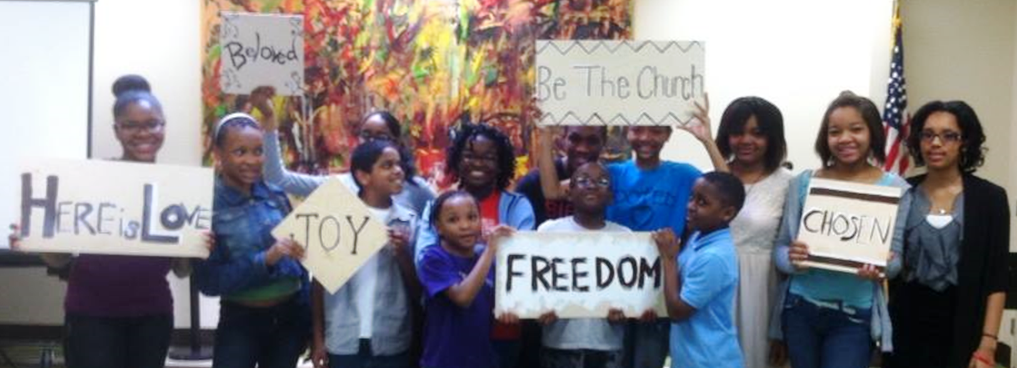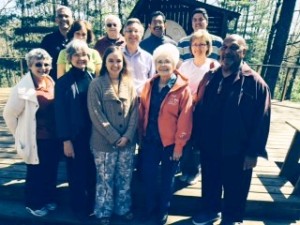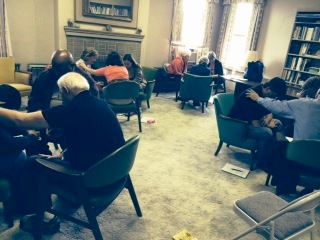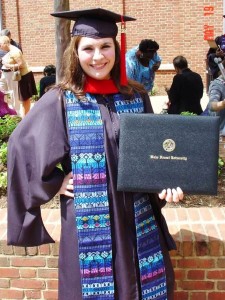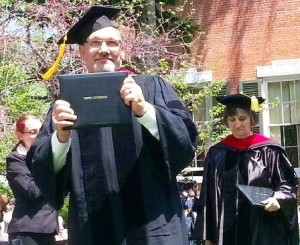Dear Brothers and Sisters in Christ:
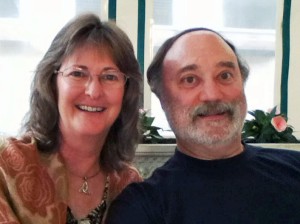 One of the verses in the Bible that has always intrigued me is Hebrews 13:8. There we read that “Jesus Christ is the same yesterday and today and forever.” My first thought about this verse was always that Jesus is perfect—always has been and always will be. But as many of you reading this will remember, our fellowship used to use this verse in support of the erroneous teaching that God commands Christians to observe the seventh-day Sabbath. We wrongly assumed that if Jesus is never-changing, then so must be the Sabbath command. We also wrongly believed that law-keeping, including Sabbath observance, would somehow make us “perfect” like Jesus (Hebrews 2:10; 10:1).
One of the verses in the Bible that has always intrigued me is Hebrews 13:8. There we read that “Jesus Christ is the same yesterday and today and forever.” My first thought about this verse was always that Jesus is perfect—always has been and always will be. But as many of you reading this will remember, our fellowship used to use this verse in support of the erroneous teaching that God commands Christians to observe the seventh-day Sabbath. We wrongly assumed that if Jesus is never-changing, then so must be the Sabbath command. We also wrongly believed that law-keeping, including Sabbath observance, would somehow make us “perfect” like Jesus (Hebrews 2:10; 10:1).
But the reality is that God gave the Sabbath to Israel under the old covenant, not to perfect his people, but to provide a sign pointing them toward the ultimate, eternal rest found in Jesus, who alone is perfect (Hebrews 4:1-11). In misusing Hebrews 13:8, we ascribed to the Sabbath more than God intended, treating it as if the sign was the reality. For more about this, I encourage you to read Gary Deddo’s helpful article, “A Sign Forever.” It’s included in this issue.
Israel’s rabbis and other teachers understood that the Law of Moses, particularly its commands related to Sabbath and Holy Day observance, apply only to national Israel under the old covenant. When Jesus said, “The Sabbath was made for man, not man for the Sabbath” (Mark 2:27), it was to show the Pharisees (representatives of old covenant Israel) that they misunderstood why God had given Israel as a nation this holy time. In stating that he was “Lord even of the Sabbath” (Mark 2:28), Jesus was confronting the Pharisees’ attempt to subvert his authority in this matter, thus wrongly claiming it for themselves.
There is no question: Jesus is perfect and Hebrews 13:8 reminds us that his perfection never ceases—not even when the Son of God became the Son of man—100% divine and 100% human. The union of human and divine in Jesus did not diminish God’s perfection in any way, though Jesus yielded himself fully to the limitations of our humanity—going so far as to suffer and die in the flesh in order to redeem us.
Through his incarnation, life, death, resurrection and ascension, Jesus redeemed not just humanity, but all the created order, including time. Jesus is Lord of all time: “Yesterday and today and forever.” The New Testament speaks of time in a rather fluid way—both as chronos (the chronological passage of time, one moment after another) and kairos (the “times” of God’s redemptive intervention within the universe of created space and time). In the article “Time” in The Evangelical Dictionary of Theology, Carl Henry says this:
While the New Testament [in speaking of chronos] gives prominent scope to the future…its central kairos is the life and death and resurrection of the incarnate Christ, which is decisively significant for the kingdom of God. The terms, “day [of the Lord]” and “hour,” “now” and “today” gain dramatic significance in the New Testament context whenever the eternal order impinges upon the sweep of ordinary events (Evangelical Dictionary of Theology, article “Time,” p. 1095).
Grasping the concept of time as both chronos and kairos helps us understand the biblical teaching that the “end time” began with Jesus’ life, death, resurrection and ascension. With this great and decisive “Christ event,” kairos intersected chronos, bringing healing “Today”—the continuing time when the salvation that is present in Jesus is being received by those who rest (trust) in Jesus (Hebrews 3:13-15).
How sad (and foolish) that some would try to limit God by setting dates for his future intervention within chronos. Many such dates have come and gone: 1844, 1917, 1975, 2000, 2008, 2010 and others. All of these predictions have failed, including ones of our own. By God’s grace, we learned how utterly futile date-setting is. We no longer try to pin down the sovereign God in this way. Instead, we rest in his present and continuing salvation.
Israel lived mainly in chronos time as evidenced by her observances of the Sabbath and Holy Days (Leviticus 23). Her lunar-solar calendar was rooted in the world of physical time and space and looked forward to events yet future. But the gospel proclaims that the promised future has arrived: “If anyone is in Christ, the new creation has come: The old has gone, the new is here!” (2 Corinthians 5:17). As Christians, we live in two “time zones”: both chronos and kairos time. In both, we experience the perfection of Christ as he weaves his new (resurrection) life into the fabric of all creation, including all people in all places and all times. And that includes weaving his life into the fabric of our lives—all of our life, including the times when we suffer.
I’ve been thinking a lot about that suffering recently. Several dear friends are battling cancer and other serious illnesses. Some are suffering a great deal, and some have died. Though I can’t heal the sick and certainly can’t raise the dead, I trust Jesus to show up in such times whether in life or death. In all such times, he comes bearing a complete victory that extends into and beyond all time. That’s how great our Lord and Savior is. In him, in his perfection, we have rest. By the Holy Spirit we are united to Jesus—bonded cosmically, as it were, to the Lord of all creation, including all time.
Resting in Jesus, we have the calling to bear witness to who Jesus truly is and to tell the story of what he has done, is doing and will yet do for our salvation—the eternal Sabbath rest that we have in him.
Resting with you in the perfection of Christ,
Joseph Tkach


